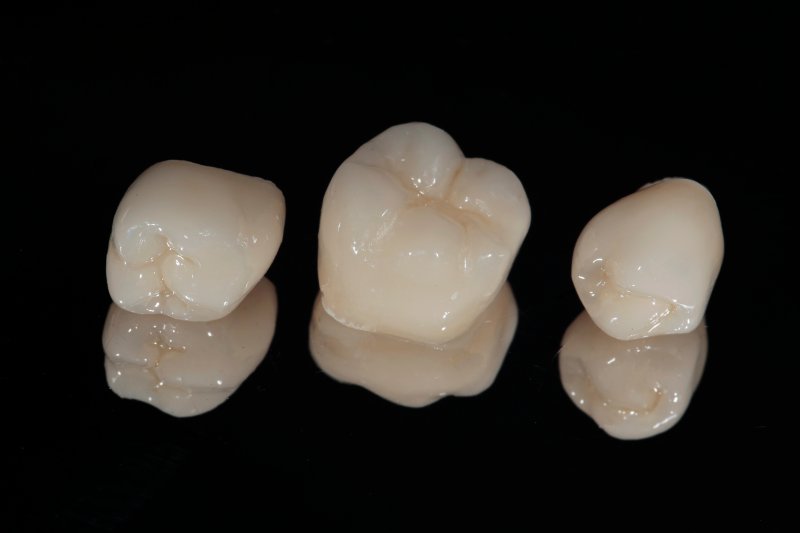How Have Dental Crowns Evolved Over the Centuries?
March 13, 2024

Tooth decay and dental injuries have blighted the smiles of the human race for centuries, and the world’s cultures developed a plethora of ways to repair their teeth long before contemporary dentistry existed. While you might think of dental crowns as a purely modern dental treatment, they actually have a long history going back to ancient times. Here’s a brief guide to the history of dental crowns to help you appreciate how far oral health care has come.
The Ancient Dentists
The American Dental Association holds that the known history of dentistry started around 5000 BC due to a Sumerian text that describes how it was believed that tooth decay was caused by “tooth worms.” An Egyptian scribe named Hesy-Re died in 2000 BC, and an inscription on his tomb referred to him as “the greatest of those who deal with teeth, and of physicians,” leading to him being known as “the first dentist.” The Greeks also made their contributions, as both Hippocrates and Aristotle wrote about treating fractured jaws and loose teeth with wires.
The Dawn of Dental Prosthetics
The American Dental Association states that the Etruscans practiced dental prosthetics with fixed bridgework and gold crowns between 166 to 201 AD. However, they were probably used as a symbol of wealth particularly among Etruscan women. These purely cosmetic crowns were flimsy and destructive to the patient’s real teeth, and they also made it impossible for them to enjoy tougher foods.
Medieval Dentistry
The Middle Ages are usually considered the beginning of the dental profession, as it was then that the practice became widespread and established. Chinese dentists were using a silver paste to treat cavities around the year 700, and barbers were practicing dentistry around the thirteenth century in France. In 1530, The Little Medicinal Book for all Kinds of Infirmities of the Teeth was published, which included instructions for the placing of crowns and fillings as well as extractions.
Modern Crowns
In the middle of the eighteenth century, John Baker brought his dental practice from England to America, which led to massive advancements in the field. By the later part of the nineteenth century, Dr. Charles H. Land patented the porcelain “jacket” crown, which restored the appearance of a broken tooth by fully covering it. However, these were vulnerable to cracks that could cause oral health issues. In the twentieth century, porcelain fused to metal crowns were developed, creating a restoration that was both durable and aesthetically pleasing.
Dental crowns have continued to improve since then, and today’s models are customized to fit patients’ individual teeth while appearing perfectly natural. They are also incredibly comfortable and durable, allowing the patient to enjoy a diverse and nutritious diet.
About the Author
Dr. Zack Walker earned his dental doctorate from the University of North Carolina School of Dentistry before completing the Advanced Education in General Dentistry program in Elizabeth City through the East Carolina University School of Dental Medicine. He is a proud member of the American Dental Association and the Academy of General Dentistry, and his office in Kernersville, NC offers general, cosmetic, emergency, and restorative dentistry such as dental crowns. If you think your tooth needs a crown, contact his office online or dial (336) 993-3727.
No Comments
No comments yet.
RSS feed for comments on this post.
Sorry, the comment form is closed at this time.
